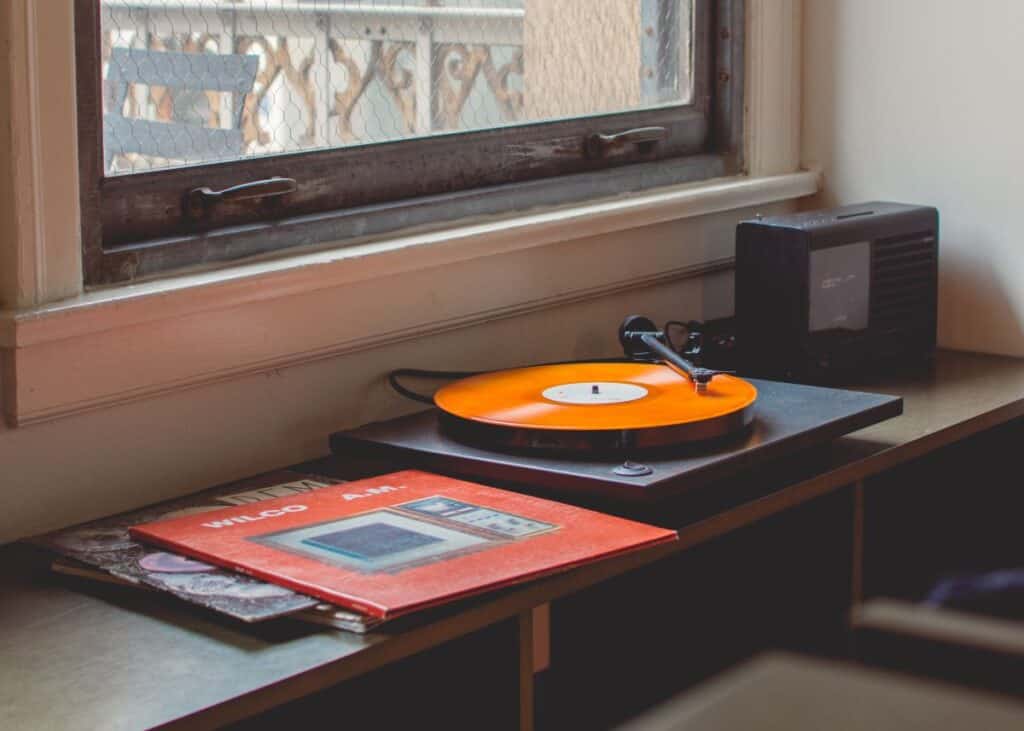
What Is Mental Focus?
Mental focus is your ability to put your attention fully onto one thing in your immediate environment. If you think about it, you might hold the belief that multi-tasking means you’re more productive.
Have you ever asked yourself where that belief comes from? Think about that for now and see what you come up with.
If you have fallen into some not-so-great multi-tasking habits lately, you’re not alone.
Fortunately, with a little effort and regular practice, you can train your brain to focus, making you more productive. Best of all, training yourself to focus usually brings a sense of confidence and calm.
A practice called “alert attention” is the secret to mental focus.
With this practice and a few other tips shared in this article, you’ll be well on your way to stronger focus.

Why are we so distracted?
Alert attention is when you are actively aware of something in your environment. The opposite of alert attention is distraction, which is a major issue for most of us.
My best days at work are when I get to disconnect for a couple of hours to focus on a project. Something about working on paper instead of a computer is deeply satisfying. Is this true for you, too?
I’ve noticed a recent trend where people use distraction-free tools like a browser extension or a typewriter to limit themselves. A popular one that I would like to try is Freewrite. They also have a free “typewriter” tool called Sprinter. A friend of mine collects vintage typewriters and she wrote a book about how to use a typewriter to stay focused when writing a book.
I love this idea, and I love that typewriters or typewriter-like tools are a trend right now! It tells me that many of us crave an analog working method.
In my last office-based job, I checked multiple inboxes, answered a phone a few hours per day, and fielded Google chats from my boss and co-workers all day long.
Colleagues regularly popped by to ask a “quick question” that usually wasn’t quick. Some days, I had 5 or more hours of meetings. Now that I’m no longer in that environment, I realize how draining and unsatisfying it was to get interrupted and distracted all day long.
Can I be totally honest with you? Multi-tasking is the greatest lie we tell ourselves, because it’s expected of us in our jobs.
We can reject this lie. Why not claim a bit of peace (and mental focus) for our lives? It’s healthy and it’s a better way to live.
Are you with me?
Alert Attention 101
To practice alert attention, you’ll practice bringing the background to the foreground. For example, you might ask yourself, “What is the quietest sound I can hear right now?” You’re listening for background sounds you don’t typically pay attention to.
In this case, you’re honing your skill of alert attention by finding the most subtle sound you can identify.
Once you’ve practiced the following exercises, check in with yourself to see how you feel.

Exercise: Following Sounds in Your Environment
One helpful way to build alert attention is by listening to sounds that build, crescendo, and then fade. Trains work great for this! Listen as a train approaches and notice the sounds as it moves away.
See how far you can follow the sound of the train into the distance—how long in time you can still hear its sounds before it eventually fades into silence.
While we do have trains where I live, the train stations are not close by. If that’s true for you, you can try this by sitting on a bench in the park to listen to a jogger running past, or a car driving down the road.
Close your eyes and follow the sound until you can hear nothing. Then pause there and listen to the silence.
Following a sound can help you find silence both around you and inside you. Over time, you’ll become aware of silence as much as you are aware of the sound. When you do, you have found the inner space where peace arises (Tolle, 2010).
I use tuning forks, plus I also have a singing bowl that I bought on Etsy for $30. You don’t need fancy tools for the exercises below.

Exercise: Follow the Sound of A Bell
For this exercise, you’ll need a bell or a chime. If you don’t have a bell or a chime yet, see if you can improvise with another item in your home!
Now, let’s practice following sound into silence.
When you hear the sound, listen as deeply as you can with as much awareness as possible. Then keep listening as the sound decreases in intensity. Then, when you can no longer hear it, just listen to the silence.
Bell dings.
Pause.
Bell dings.
Pause.
Bell dings.
Pause.
Each time you pause, listen to the sound of the bell recede into the background until you can no longer hear it. All you hear is silence.
The more you practice, the more you’ll be able to feel a sense of space in between the activities during your day.
Next Steps for Mental Focus
Remember to take a few moments at least once in your day to pay close attention to a sound, a taste, or a texture.
Bringing the background to the foreground is just one way to practice the skills you need for mental focus.
See if you can apply what you experienced to other areas of your daily life. For example, you could try paying attention to subtle flavors in food, or textures in the clothes you’re wearing.
As with any mindful practice, writing about it in your journal is a great idea.
What about exploring the “why” behind your beliefs about busy-ness? Or, as always, you can simply sit with the experiences and let them be.
Explore products like the Freewrite, or the Pomodoro technique (check out this guide for Pomodoro apps!) to minimize distraction at work.


